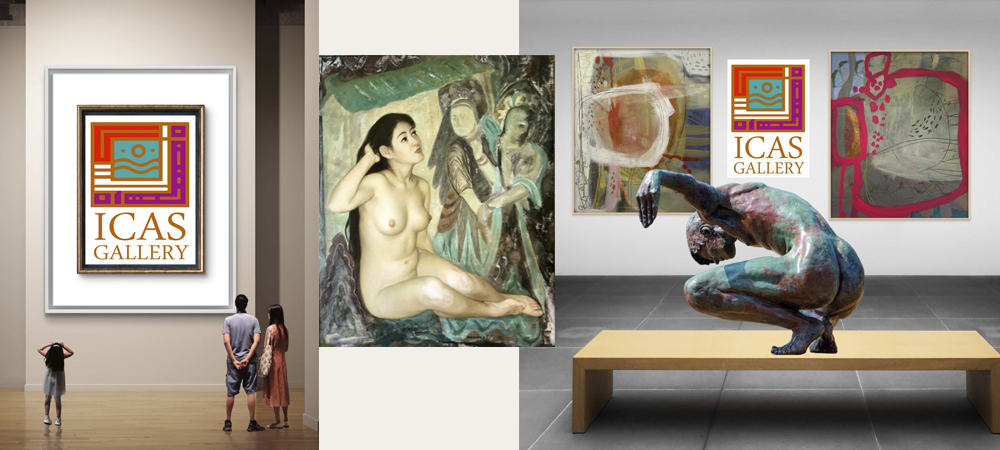Throughout history, dance has not only captivated audiences through performance but has also profoundly influenced painters and sculptors who strive to capture its movement and spirit in their visual art. This artistic intersection highlights how the essence of dance is communicated across different mediums.
Edgar Degas is one of the most famous examples of a painter inspired by Dance. Degas was a French Impressionist known for his depictions of ballet dancers in paintings, drawings, and pastels, often capturing them amid movement or backstage during rehearsals. His works convey lightness, grace, and beauty, while also revealing the rigorous training that underlies professional dance. Degas was influential in modern Dance and sculpture.
Sculptors have also been inspired by Dance, creating works that embody the beauty and fluidity of movement. Auguste Rodin, a French sculptor, produced a series of sculptures of dancers, characterised by dynamic poses and flowing lines. He captured the energy and passion of dancers and employed unconventional techniques, such as combining fragments to form new compositions.
In summary, the enduring connection between dance and visual art demonstrates how artists in painting, sculpture, and other forms continually seek to express the emotion, energy, and essence of dance, enriching both artistic traditions.
Bronze Dance art
Bronze dance art refers to sculptures created using bronze casting techniques to depict dancers or their movements. Bronze has long served as a medium for artistic expression in a variety of subjects, including Dance.
Contemporary artists continue to create bronze dance sculptures, drawing inspiration from diverse sources and techniques. Some focus on capturing specific dance styles, while others explore abstract or experimental approaches to dance.
In essence, bronze dance art exemplifies how the visual arts distil movement, beauty, and expression from dance into tangible form, allowing the artistic qualities of dance to inspire and engage viewers across cultures and generations.
ICAS gallery artists Dance Art! in human form in a rhythmic motion
By following the work of British art sculptor John W. Mills and Katya Gridneva, our gallery showcases how individual artists employ various techniques and mediums—such as bronze, painting, and drawing—to capture and reinterpret the essence of dance in visual form. Their narratives and creative processes showcase how Dance art thrives through cross-medium inspiration.
We welcome enquiries for special commissions.
For all private or corporate commissions by our gallery artists,
please get in touch with Sunil Vilas by calling
VIDEOS
ICAS Dance Art
The history of the earliest form of Dance art traces back to the Indian origins, the period of the Vedas, which date back to around 1000 B.C, and the image of Shiva, the Lord of Dance.
ICAS Vilas Art Gallery
21 Commerce Way
Garden Square Shopping Centre, Letchworth Garden City, Hertfordshire SG6 3DNUnited Kingdom (UK)Phone: 01462677455
Email: info@vilasart.co.uk
URL: https://www.vilasart.co.uk/
ICAS Vilas Art Gallery
21 Commerce Way
Garden Square Shopping Centre,
Letchworth Garden City, Hertfordshire SG6 3DNGarden Square Shopping Centre,
United Kingdom (UK)
Email: info@vilasart.co.uk
URL: https://www.vilasart.co.uk/





